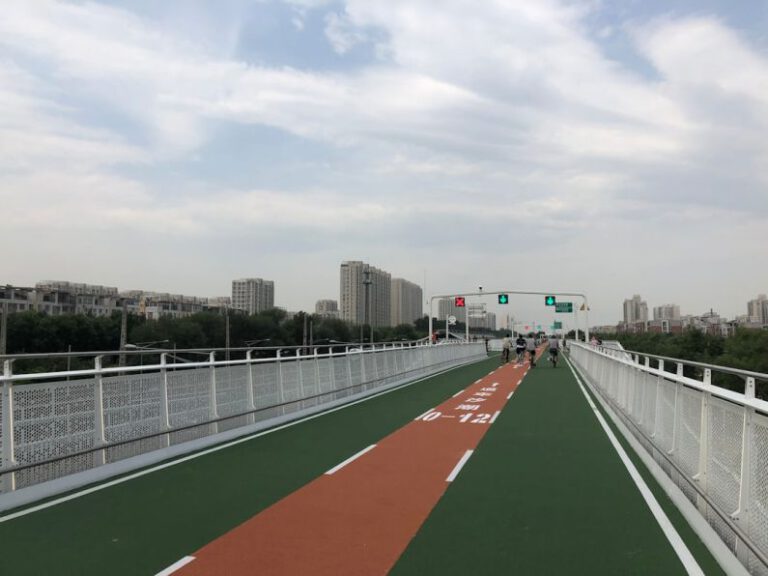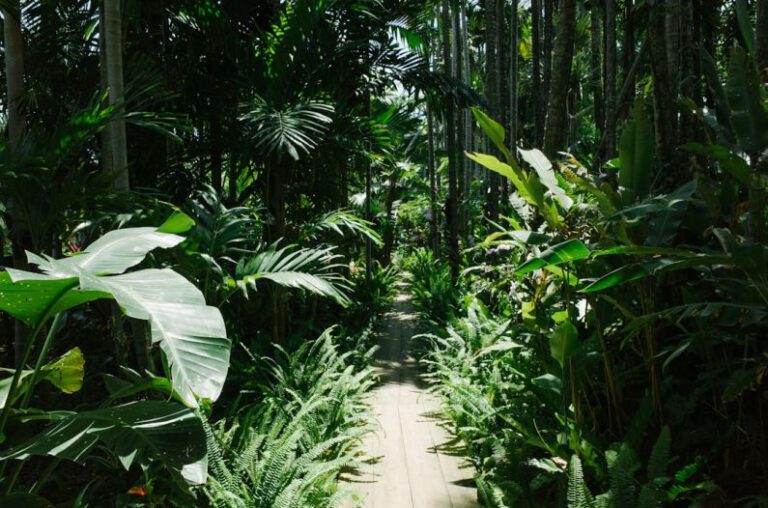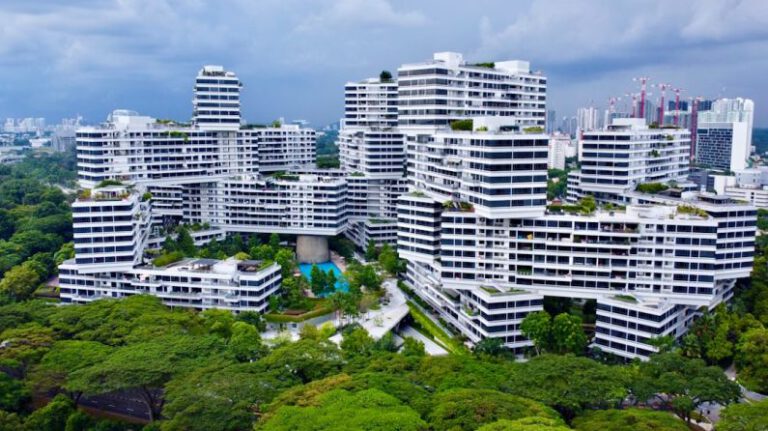Hamburg’s Green Network Plan: a Model for the Future
Hamburg, the second-largest city in Germany, is leading the way in urban planning with its innovative Green Network Plan. This visionary project aims to transform the city into a green metropolis by creating interconnected green spaces that promote biodiversity, improve air quality, and provide recreational opportunities for its residents. The Green Network Plan is a prime example of sustainable urban development that can serve as a model for other cities around the world.
Revolutionizing Urban Planning
Traditional urban planning often prioritizes concrete structures and infrastructure over green spaces, leading to environmental degradation and a lack of natural habitats within cities. Hamburg’s Green Network Plan challenges this paradigm by placing nature at the center of its development strategy. By creating a network of interconnected parks, gardens, and green corridors throughout the city, Hamburg is setting a new standard for urban planning that prioritizes sustainability and the well-being of its residents.
Promoting Biodiversity
One of the key objectives of the Green Network Plan is to promote biodiversity within the city. By creating green corridors that connect different habitats, such as parks, forests, and meadows, Hamburg is providing a safe haven for a diverse range of plant and animal species. This interconnected network of green spaces allows wildlife to thrive within the urban environment, contributing to the overall ecological health of the city.
Improving Air Quality
In addition to promoting biodiversity, the Green Network Plan also plays a crucial role in improving air quality in Hamburg. Green spaces act as natural air filters, absorbing pollutants and carbon dioxide while releasing oxygen into the atmosphere. By increasing the amount of greenery within the city, Hamburg is able to combat air pollution and create a healthier environment for its residents to live, work, and play.
Enhancing Quality of Life
Beyond its environmental benefits, the Green Network Plan also enhances the quality of life for Hamburg’s residents. The presence of green spaces within urban areas has been proven to reduce stress, improve mental health, and promote physical well-being. By creating accessible green spaces throughout the city, Hamburg is providing its residents with opportunities to connect with nature, exercise outdoors, and socialize in a natural setting.
Inspiring Sustainable Development
Hamburg’s Green Network Plan serves as a powerful example of how cities can embrace sustainable development practices to create a more livable and resilient urban environment. By prioritizing green spaces and biodiversity in its planning efforts, Hamburg is setting a new standard for urban development that prioritizes the well-being of both its residents and the environment. Other cities around the world can look to Hamburg as a model for how to incorporate nature into urban design and create more sustainable, vibrant communities for the future.
The Future of Urban Planning
As cities around the world face the challenges of rapid urbanization, climate change, and environmental degradation, Hamburg’s Green Network Plan offers a beacon of hope for the future of urban planning. By reimagining the role of nature in the city and prioritizing green spaces and biodiversity, Hamburg is leading the way towards a more sustainable and resilient urban future. With its innovative approach to urban development, Hamburg is proving that cities can be both thriving economic hubs and havens for nature, setting a new standard for urban planning that prioritizes the well-being of both people and the planet.






